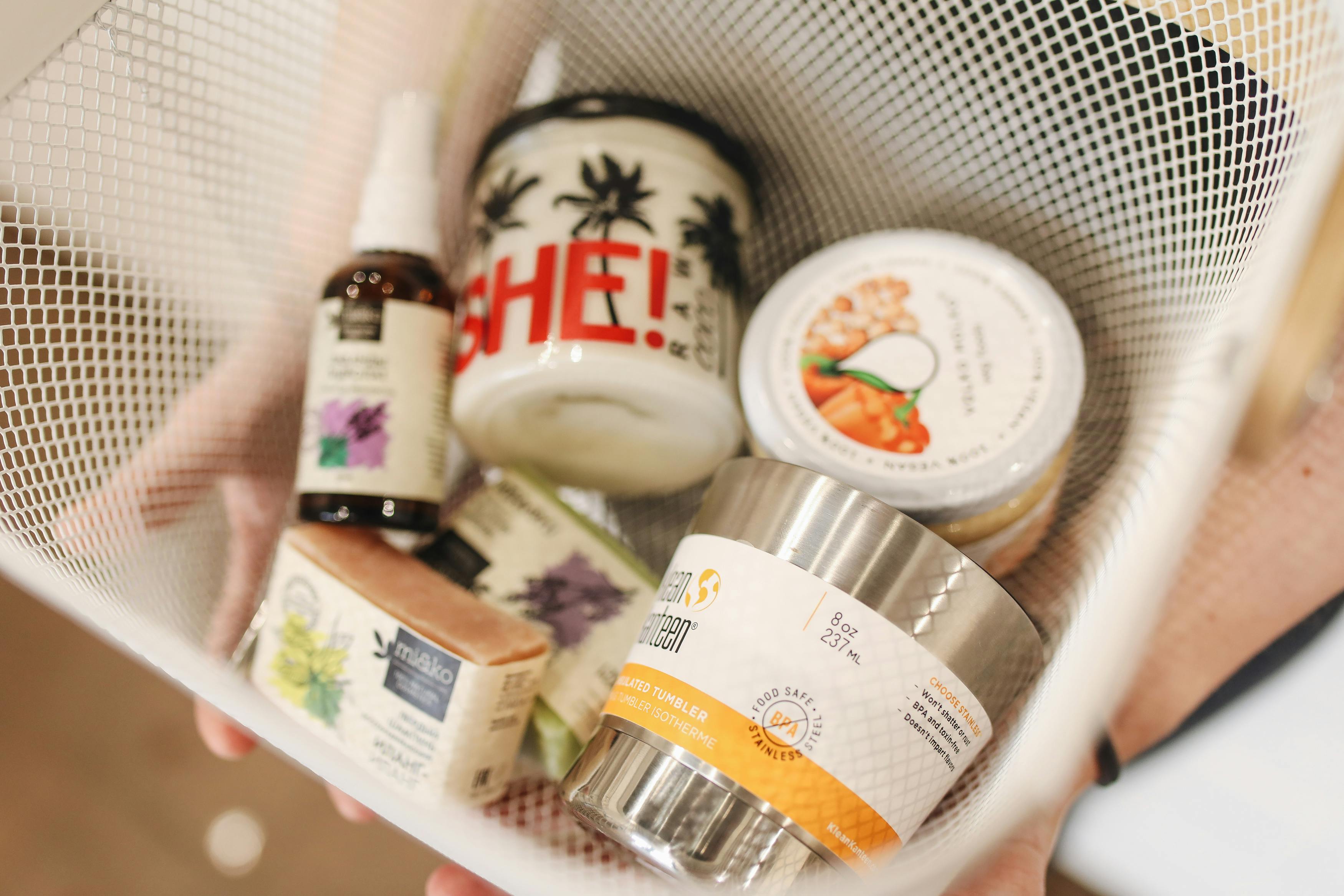
A common model on the roads; there’s no flashy exterior; it’s just another vehicle in the parking lot or on the freeway. But wait a minute! Look at their seats. They look great! Does this model come with leather upholstery?
Your car can attract such statements without spending a fortune on expensive leather upholstery. You may ask how. The answer is to cover your seats with simple and luxurious leather covers. Most people associate leather upholstery and leather seat covers with style and elegance. Any ordinary vehicle can turn heads with well-chosen leather seats.
Leather seat covers are usually custom made for a car’s exact year, make and model and come in different colors and patterns. Most seat cover manufacturers use leather for their products instead of vinyl, cloth, or other cheap fabrics such as polyester and nylon. Leather requires an extra amount of care to keep it intact and looking good. Leather seat covers are not like any other. Opting for leather seat covers will cost you dearly. Leather that is not properly maintained will suffer irreversible damage, such as discoloration, cracks, and brittle surfaces.
Caring for your leather seat covers includes cutting or cleaning away fiber-damaging abrasives and cleaning up dirt and dust that block free airflow in the porous fibers. Cleaning the covers with mild solvents, such as Pinnacle Leather and Vinyl Cleaner, is the first step in leather care. The sun’s ultraviolet and infrared rays are just as damaging to leather covers as they are to human skin, and seat covers need constant protection from the sun’s rays to prevent fading. Typically, a stain-preventing conditioner is used to keep the covers protected from UV rays and to prevent the fibers from becoming brittle. It is important to choose a conditioner that absorbs into the leather and revitalizes the pores of the fiber, complementing the oil and fluids that have evaporated from the surface.